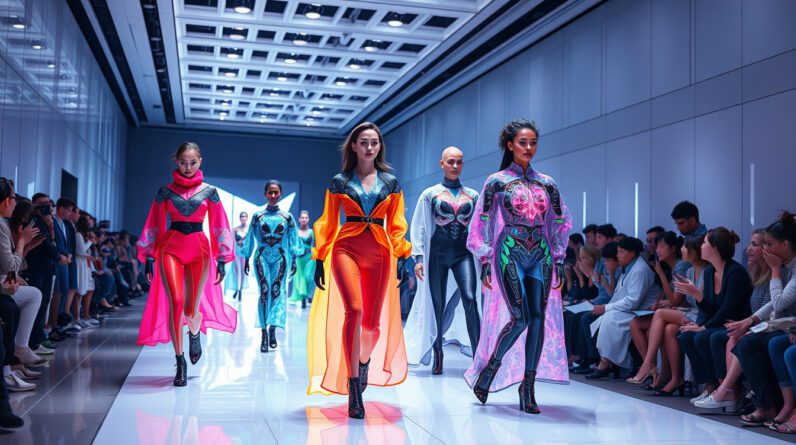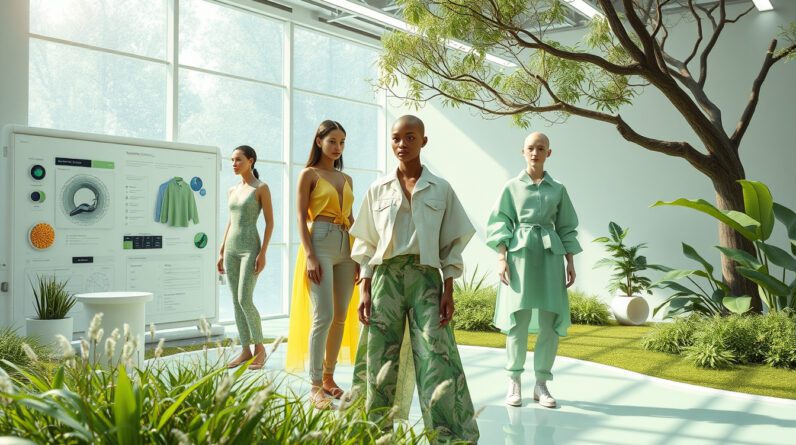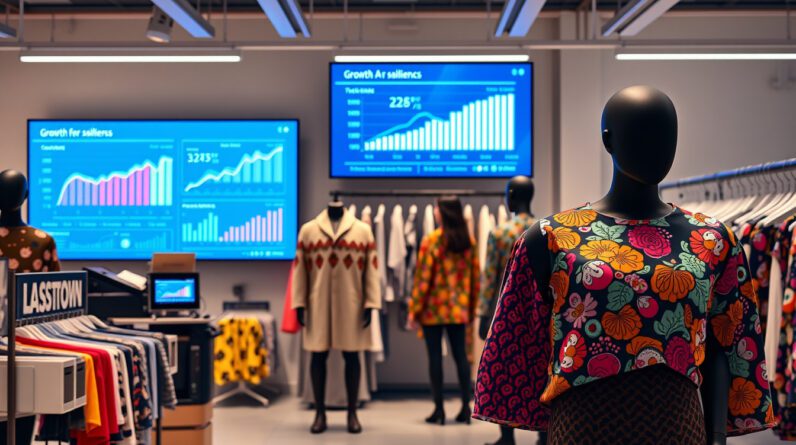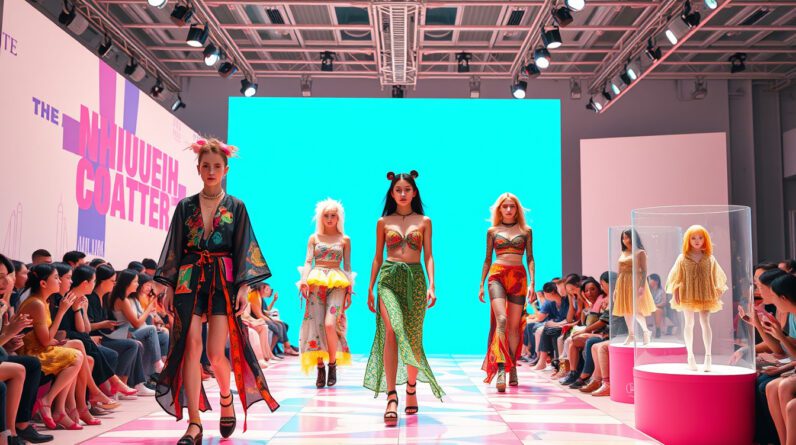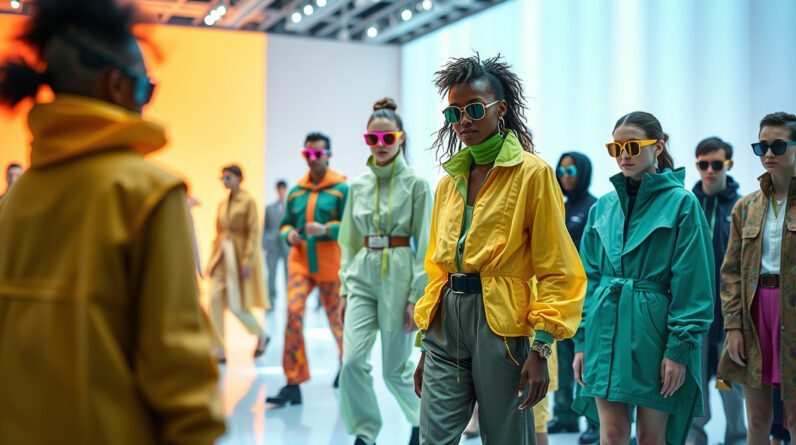
The Fashion Industry in 2025: Facing Change and Finding New Paths
Date: April 11, 2025
Source: The McKinsey Podcast
The fashion industry meets many shifts in 2025. Trade issues rise. Supply chains slow. Consumer tastes shift. Gemma D’Auria spoke on The McKinsey Podcast. Her talk drew on the latest State of Fashion report.
A World of Uncertainty
Brands face a market full of risks. They see price changes and weak demand. D’Auria says risks and chances share the market. She adds that while problems exist, new paths also show up. The podcast lets us hear how buyers feel. It gives advice for rules in a harsh market.
Regional Views
Three regions matter now: Europe, the United States, and China. In Europe and China, growth is slow. Buyer trust in China is very low. Yet, some buyers look for good value. In the U.S., one of three buyers picked wardrobe copies of high-end items last year. This choice shows that buyers now think of value as more than just cost. They care about quality and style.
The Growth of Copies and Secondhand Sales
D’Auria explains the rise of smart copies. Buyers now choose well-made replicas of luxury items. They think of these as smart alternatives. The secondhand sale scene grows as well. Many buyers now look for used items that carry a unique style. This change is strong in the high-end market. Here, buyers want a mark of special style that they cannot get elsewhere.
AI Shapes Buyer Ways
New technology, such as artificial intelligence, now guides how buyers shop. D’Auria tells us that about 70% of deals come from digital tools. AI now helps buyers shop fast and change items to their need. Brands use data to give smart tips to each customer. This creates shopping paths that fit each style.
Finding New Paths for Growth
The 2025 State of Fashion report lists three ways for brands to find new paths. First, India grows fast as a market. Second, older buyers now spend more. Third, new sport brands bring change to the market.
New Markets
While the Chinese market tightens, India opens its door. India has many middle-class buyers. Experts say India will be the third-biggest market by 2027. D’Auria says more than 430 million Indians now have a middle-class life. The country also has many young buyers. Many brands now change their work to suit India.
Older Buyers Step Forward
Buyers over age 50 now play a large role. This group gives 38% of the total spend. Their share of market growth is strong. D’Auria asks brands to change their ads and goods to speak to this group.
New Brands and Shifts in Sport Goods
In sport goods, new brands win more share. By 2024, new players will draw 60% of profit. These brands lead in new ideas and build strong buyer groups. Old brands now must shift their plans to stay in the race.
The Future of In-Store Service
Stores still hold a strong spot in the buyer face-to-face deal. D’Auria notes that good store care still changes how buyers shop. Even with many online deals, 75% of buyers say they will spend more when a store gives good care.
AI in the Store
In stores, AI now helps staff give a service that fits each buyer. AI helps not only with buyer care but also with design work. D’Auria tells us that AI now brings more design choices. It also cuts the risk of bad designs in fashion.
Conclusion
This talk gives clear points for fashion leaders in 2025. With AI shaping how each buyer shops, with new buyer groups coming in, and with a market that shifts all the time, brands must act with fresh ideas. D’Auria’s words help us see the change ahead in fashion.
For more on these trends and ideas, listeners can read the full 150-page State of Fashion report on McKinsey’s website.

